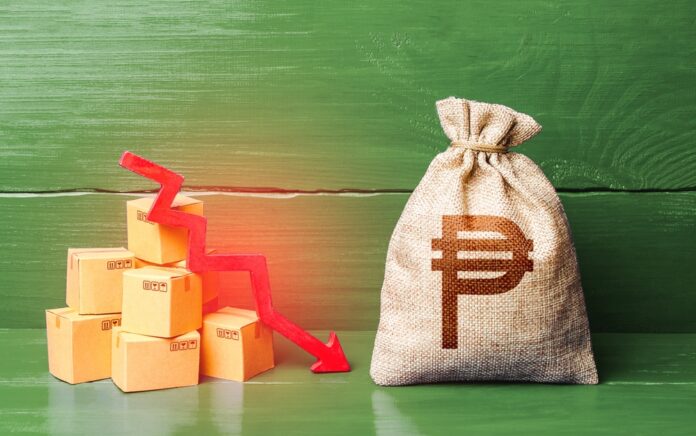Growth across the economy this year is forecast to remain below its five-year average of 6.6 percent, according to the sovereign credit watcher Standard and Poor’s.
Latest readings by S&P forecast the USD404 billion southeast Asian economy expanding this year at the rate of 5.9 percent in terms of the gross domestic product (GDP), faster than last year’s 5.6 percent.
The triple B plus-rated (BBB+) southeast Asian nation counts among three other ASEAN countries forecast by S&P to post growth this year lower than its average five-year growth of 6.6 percent from 2015 to 2019.
Except for Thailand whose economy is seen growing faster this year than in 2023, Malaysia, Indonesia, Vietnam and the Philippines were to grow comparably slower than their respective five-year growth rates.
The world’s richest countries grouped under the Organization for Economic Cooperation and Development (OECD) early this month forecast the global economy growing roughly at the same pace as last year’s 3.1 percent expansion.
In April, the Manila-headquartered Asian Development Bank (ADB) similarly tempered its forecast growth for the Philippines from 6.2 percent originally to only 6 percent.
The credit watcher noted the Bangko Sentral ng Pilipinas (BSP) helped boost forecasts and kept its benchmark interest rate steady at 6.5 percent this month for the fifth time since May last year as headline inflation edged up in April to 3.8 percent from 3.7 percent in March, the highest since December last year.
Neighbors Malaysia, Thailand and Vietnam similarly held back on their policy rate adjustments except for Indonesia whose interest rate widened by 25 basis points to 3 percent.
The indications are that most central banks have slowed the pace of monetary policy adjustments and that monetary policy normalization will likely take longer than previously expected, S&P analysts said.
Analysts in the Philippines have noted that BSP governor Eli Remolona has taken a less hawkish stance on the domestic interest rates and recently projected to adopt lower interest rates as early as August this year.
S&P analysts said the country’s local output growth in the first three months has proven slower than expected on account of “weaker private consumption, rising inflation, with El Nino still representing a threat for the country’s harvest.”
But even as Remolona recalculated the BSP’s forecast inflation to 3.8 percent this year instead of 4 percent while raising next year’s inflation path averaging 3.7 percent from 3.5 percent, S&P projects “a slower process of monetary policy normalization in most major emerging market economies”, the Philippines included.
“Central banks will likely seek to minimize volatility in capital flows and exchange rate markets to ensure disinflation continues,” S&P analysts said.
The country’s capital and financial accounts have fallen sharply from a surplus of USD9.2 million in November last year to surplus of only USD6.25 million the following December, based on BSP data.
This has stood as a surplus of USD93.66 million in January 2006 and a record deficit of USD35.31 million in June 2007.
The local currency, the peso, has steadily weakened in months, averaging P55.972 per dollar in January to only P57.62 per dollar thus far this month, substantially eroding its purchasing power.
That erosion averaged 4.1 percent from year to latest, making it increasingly tough for consumers to avail of various services and goods as inflation, or the rate of change in prices, has similarly nudged higher to 3.8 percent in April.







